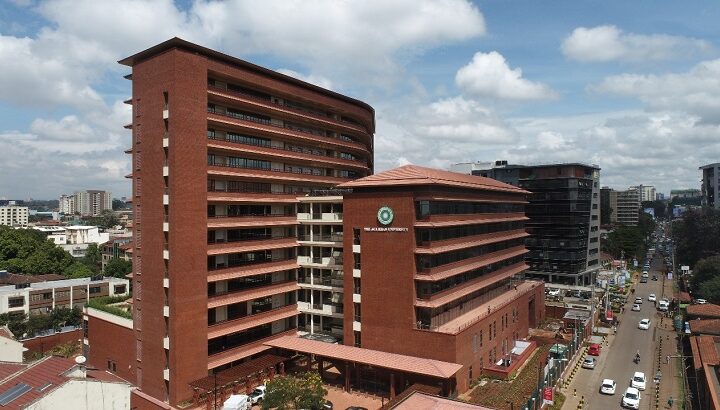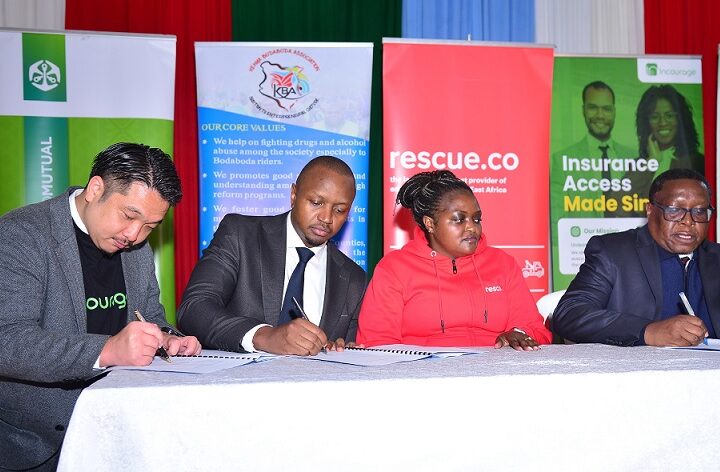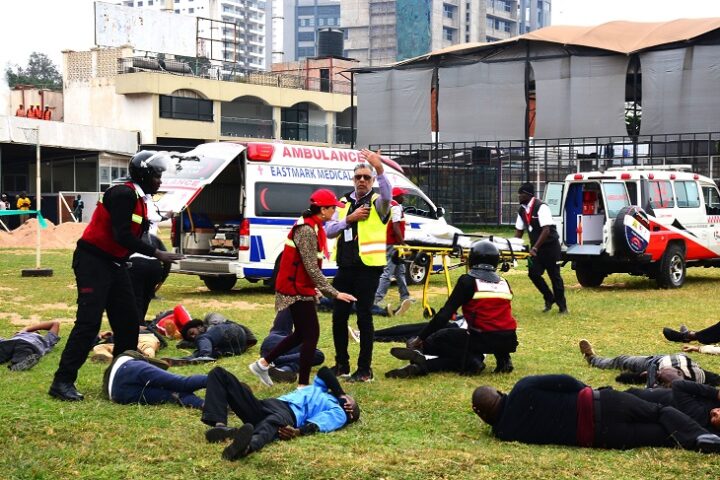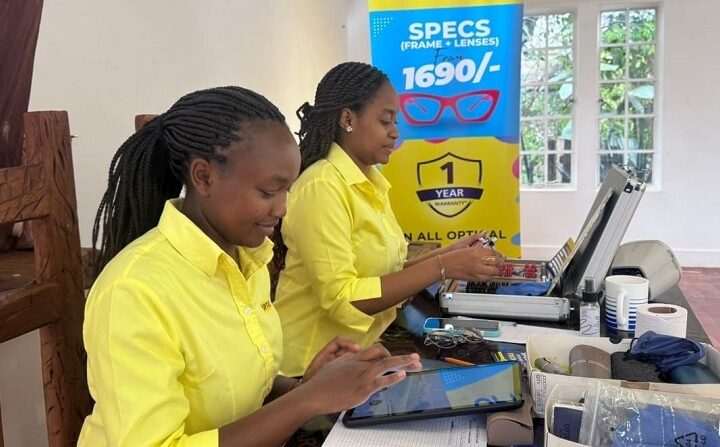In 2023, 165+ new manufacturers in the medical industry attended the Medic East Africa exhibition for the first time. Many of them formed regional and local partnerships to supply essential medications and diagnostics and share knowledge to tackle regional health issues.
“This year we will build on this momentum with companies from Egypt, South Africa, and Brazil set to showcase innovations that will be coming to the Kenyan market,” says Tom Coleman, Managing Director of Medic East Africa.
The conference holds promising prospects for the region’s pharmaceutical companies, and laboratories, as well as the health workers and medical students who provide vital patient treatment. A wide range of panel discussions and exhibitions will mark a pivotal step towards solving healthcare stumbling blocks.
But how will this year’s gathering lean into solutions?
By prioritizing youth issues to promote a sustainable health sector
There is no health system without health workers. However, workers in the region face high patient loads, longer working hours, and lower wage increases. This can lead to inadequate care and brain drain as professionals relocate elsewhere for better opportunities.
There is concerning evidence that this scenario is driving young medical students away from working in East Africa. More than 55,000 African doctors now work in 15 of the world’s richest countries.
“This is why we will hold a healthcare leadership conference this year with medical associations to discuss and present solutions to these pressing challenges,” says Coleman.
A range of masterclasses will be tailored to young medical students, who can expect a collaborative environment to engage with state health officials.
Coleman adds that “a new dedicated panel discussion, driven by students, will take place at this gathering to ensure that youth voices are heard.”
By fostering innovative partnerships to reduce maternal mortality
For every 1,000 newborns in East Africa, about 50 children under five die. The region also has a high maternal mortality rate, with 368 mothers dying for every 100,000 live births. These statistics make it clear that mother and child care is a critical health priority in the region.
“East Africa needs to increase its output of medical solutions that lower barriers to care while creating further dialogue between private and state officials on ways to overcome obstacles,” argues Coleman.
Research from the region suggests that public-private partnerships (PPPs) as well as donor funding will lead to investments that will lower barriers like costs and access to health facilities.
The Kenya Ministry of Health, a lead partner at Medic East Africa 2024, recently signed a PPP agreement with USAID, the Vodafone Foundation, Safaricom, and the M-Pesa Foundation to unlock $18 million to enhance the well-being of mothers and children in Kenya.
The M-Mama program will use mobile technology to link mothers in Kenya and Tanzania to emergency referral and transport services – thus taking the complications pregnant women and newborns face head-on.
This year’s edition of Medic East Africa will facilitate new connections between public and private actors while growing existing ones.
By broadening access to medical equipment through discussions on local production
Daniel Kyalo from Avenue Hospital in Kenya reflected that previous conferences were, “educational and encouraging. The show resolved some of my problems relating to the access to equipment and machines of interest.”
Limited access to medical equipment still troubles the region. The African Population and Health Research Center shows that Kenya only has 70 plants that produce medical oxygen. This lack of supply, coupled with inefficient production from these plants, places patients who need oxygen at risk.
To solve this, initiatives are underway to promote local manufacturing of medical equipment and diagnostics, bringing hope that the tide can be turned.
“Medic East Africa will bring together international medical technology suppliers like Dedalus, Precision UK, Woodmans Meditech, Echonous, and Chiron Surgimed into an arena where the need for local manufacturing in the region is already up for discussion,” notes Coleman.
He adds that this year, “we are working with pharmaceutical associations to incorporate a dedicated space for locally based pharmaceutical companies to expand their presence in East Africa.”
By creating lasting change in the region
Over 4,000 healthcare professionals will join this year’s meeting to see more than 200 exhibitions, attend networking events that forge real connections, and improve their knowledge and skills through the educational opportunities on offer.
With experts from all over the region coming together to share success stories and how they are working through current difficulties, Medic East Africa is a progressive event that will shape the future of healthcare in Africa.
Related Content: We Are Always With You – Jubilee Health Insurance











